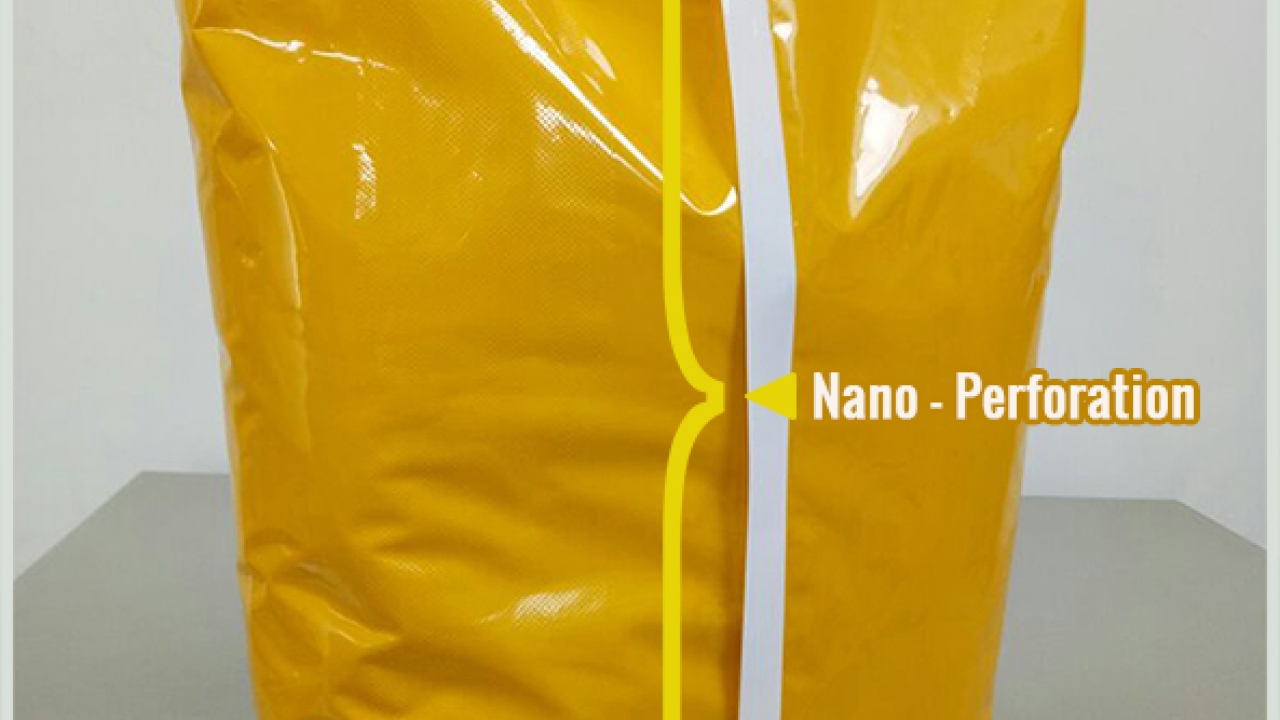Uflex details opportunity for India’s flexible packaging market through staple foods
India’s Uflex, a multinational flexible packaging specialist, is developing resource optimized flexible packaging options for staple foods in the country, such as pulses, wheat flour, sugar, salt and oil, which it has identified as ‘essential’ to extend the use of flexible packaging in the country.

Jeevaraj Pillai, joint president, packaging and new product development, Uflex, commented: ‘The flexible packaging sector in India will get a real boost when high volume (bulk) commodity food items like pulses, wheat flour, sugar, salt and oil are marketed in packaged form. In India, almost 80-85 percent of unbranded food products are still sold loose without pre-designated packaging. With steadily increasing demand from urban consumers for branded high volume commodity food items, we are now getting a lot of enquiries from popular food brands for developing cost effective packaging particularly for the essential staples.’
Such demands have resulted in Uflex developing a 2-ply laminated packaging for five kilogram wheat flour bags comprising a specialized PET/specialized PE structure. This required downgauging of the packaging, in order to restrict the pricing to within 2.5-3 percent of the total MRP of the pack, while conversely not compromising the functionalities and strength of the packaging.
Pillai continued: ‘To ensure that the wheat flour packaging is sturdy enough with good mechanical properties to withstand the weight of the product being packed, as well as to sustain the rough supply chain conditions, we adopted a three-pronged approach. We modified both the polyester film and the PE sealant layer to optimize the overall characteristics of the packaging. Both the layers were rendered special high dart impact resistant to pass five drops from 1.2m height as per the ASTM standards. We were able to reduce the thickness of the PE by almost 38 percent which substantively downgauged the overall packaging. This reduction makes the packaging lightweight, resource optimized and far more sustainable than the former version.’
Uflex has also integrated nano-perforation into the laminate to help dispel air while filling the flour inside the pack and also ensure that no infestation by mites and other micro-organisms takes place.
Nano-perforation is delivered by a recently made investment in hardware and software, giving Uflex capabilities that it claims are not available to any other flexible packaging company in India.
‘The perforations are designed just enough for removing the air and restricting the passage of mites,’ explained Pillai. ‘Nano-perforation on the pack also imparts anti-skid properties to the bag, paving the way for easy stacking all through the supply chain.’
Ashok Chaturvedi, chairman and managing director at Uflex, added: ‘Resource optimized packaging for bulk commodities, particularly high consumption commodity food items as the name suggests, entails significant reduction at source. Since the target market consumption of this product category in a country like India is fairly large, resource optimized packaging for this segment beholds tremendous potential in overall reduction of polymer consumption.
‘I am glad that my packaging engineers have been able to develop this packaging solution which is lightweight, sustainable and significantly contributes towards extending the use of flexible packaging for this volume driven food category. Considering that the per capita packaging consumption in India is just about 4.5kg currently, whereas that for countries like Taiwan, Germany and US is around 19kg, 50kg and 71kg respectively, resource optimized packaging for essential Indian staples is a tangible and definitive step in making flexible packaging a more popular option in India.’
Stay up to date
Subscribe to the free Label News newsletter and receive the latest content every week. We'll never share your email address.

